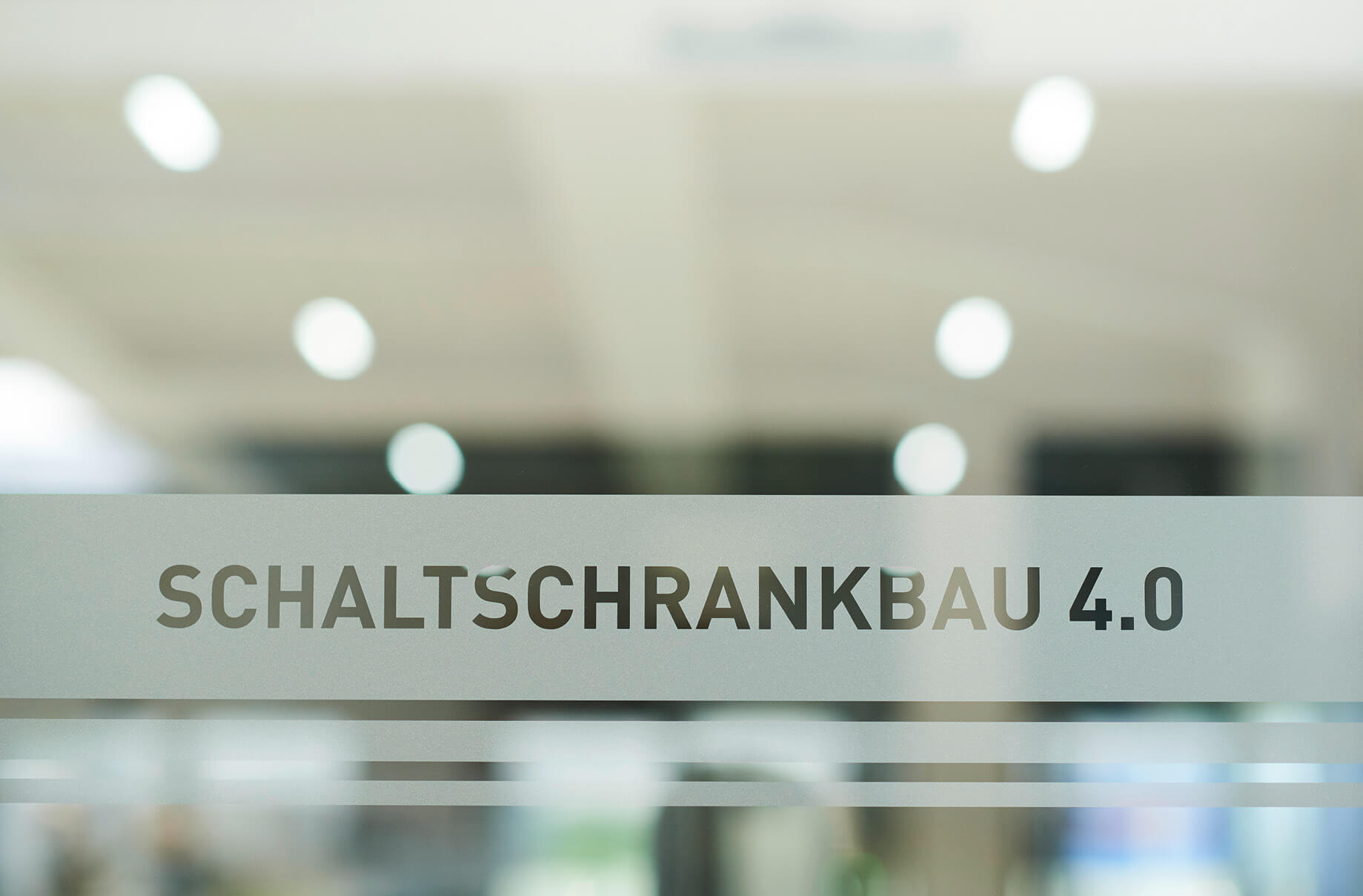A new extension featuring a production hall bathed in light, a fancy showroom for presenting the latest products and projects, modern office workspaces and meeting rooms – and centre stage are his machines. Dietmar Meurer (50), Owner and Managing Director of Meurer-etechnik, which is based in the tranquil rural setting of Grossmaischeid, Germany, proudly shows off his newly acquired enclosure machining centre and cable processing system.
"Visitors to our site can see for themselves just how innovative we are. Our company has made significant progress over the past few years and is now gaining real momentum", says Meurer, delighted with how things are going. The entrepreneur has every reason to be pleased because he has rightly made the pivotal decision to systematically invest in automation and digitalization.
